After one of the most contentious issues in the organic food world was put to rest last week, I happened to be feeding a few goats in Massachusetts. I pulled some grass from a nearby field and walked over to the animals. They came right up to me and started eating the fresh forage from my hand. There was hay nearby but the green stuff clearly won the taste test.
Over at the USDA, it took more than a decade of complaints and advisory statements, reams of documents, a dairy symposium, five listening sessions, at least two comment periods, the overhaul of the USDA's National Organic Program, the new Obama administration, and vigorous lobbying by small dairy farmer groups to arrive at the same conclusion as these goats -- ruminants such as cows prefer grass and they should be required to graze a minimum amount of pasture on an organic farm.
Why was this so contentious? Because cows don't need to be on pasture to produce milk. In many conventional dairies, cows are housed indoors. In fact, if they eat more grain rations and expend less energy walking to pasture they actually produce more milk, not less. That efficient factory-like reality led large-scale organic dairy operations to minimize pasture, maximize milk production and thus undercut all those other farmers who wanted to let cows express their natural behavior and eat grass. And these large-scale farms could do so because organic regulations, until now, only required vague "access to pasture," not a bright line minimum standard for grazing that all farms must meet.
Now, with the new pasture rule released last week, the bright line is there. The regulation states that cows must be out on pasture throughout the grazing season, though not less than 120 days. They must also get a minimum of 30% of their nutrition from fresh grass (as measured by dry weight, since grass contains far more water than grain). This standard was arrived at by consensus by organic dairy farmers around the nation nearly five years ago. It will take full effect a year from now.
The National Organic Standards Board (NOSB), an advisory panel which recommends all regulatory changes to the Secretary of Agriculture, had at first recommended that the 120 day/30% minimum be for "guidance" only. But in an especially detailed and well-reasoned document explaining the regulation (pdf), the USDA said, "public comments showed strong backing for a regulatory change" -- not simply guidance.
The agency enacted the bright line standard to avoid confusion among certifiers who had interpreted the "access to pasture" prescription quite differently. (Some required grazing while others clearly did not). Secondly, and perhaps more crucially, the USDA made the change "to satisfy consumer expectations that ruminant livestock animals graze on pastures during the grazing season."
Evidence of those consumer expectations appeared after the first proposed rule, released in April 2006, when more than 80,500 commented. Of those, just 28 were opposed to any changes in the pasture requirement and "there was a consistent theme of opposition to confining animals and feedlot feeding," the agency noted.
Consumers, farmers, retailers and public advocates spoke. And, in this case, the USDA listened -- it just took awhile.
That voice is especially important because the National Organic Program was designed by Congress as a "marketing program." (It is officially agnostic on whether organic foods or organic production practices are better or healthier). If the market, defined by the 30% or so of Americans who occasionally buy organic products, think that organic practices are failing to live up to their expectations, the agriculture secretary has reason to "satisfy consumer expectations" and change the program. That was clearly the case in the pasture dispute, where consumers felt large-scale feedlot organic farms were manipulating organic practices with a loophole.
As another example, the agency pointed out that antibiotics are clearly prohibited from organic production. Consumers point to the absence of antibiotics as well as synthetic growth hormones in production as reasons to buy organic dairy products, livestock, meat and poultry. Yet the agency felt compelled "to further clarify the prohibition on the use of antibiotics."
The reason? "In administering this program we have found antibiotics in certified organic feed," the agency said. The document continues:
Whether used for therapeutic or subtherapeutic reasons or to increase feed efficiency or rate of gain, all antibiotics are prohibited... It is the producer’s responsibility, to obtain assurances from feed suppliers that the feed products supplied are free of antibiotics.
But the intent of meeting consumer expectations might not only apply to pasture or livestock practices. If consumers have an expectation that organic food should be free of genetically modified crops, then the agency should ensure against GM contamination. (Genetically modified crops are banned from organic agriculture). In fact, this issue may arise sooner rather than later if genetically modified alfalfa is approved by the USDA. Organic farmers plant alfalfa in their fields, so those crops could be subject to pollen contamination from genetically modified alfalfa. That prospect has led to yet another consumer campaign for protections and more law suits are likely on the horizon if the GM crops are approved.
Despite clear consumer preference, there were objections to the new pasture standard.
First, those who opposed it said the standard said it would raise costs dramatically by increasing the amount of land needed for grazing. (This is a familiar argument of anti-organic camp -- that organic production requires more land). But the USDA said: "We received other studies challenging (this) assertion ... These studies discuss a prevalent misconception that grazing systems require more acres for the same amount of output."
It also found ample organic land for grazing, especially in the West, where many objections to the pasture standard originated. (The bigger issue for large operations is moving cows from pasture to the milking parlor -- a nearby feedlot is far easier to manage).
A notable objection had been lodged by Straus Family Creamery, a pioneering organic dairy in California which found the ruling overly prescriptive. But in the final rule, the USDA stated that the 120 day minimum did not have to be continuous -- it could be met with breaks over any defined 365 day period. But it also made clear that if the 120-minimum could not be met, the farm shouldn't be organic.
...if the location is consistently too rainy or the temperature and humidity are too high or low to safely graze animals throughout a 120-day minimum grazing season and still comply with all applicable parts of this regulation, the animal cannot be raised in such location for organic production.
In the end, Straus found the final rule acceptable. “The final rule allows for a grazing season that considers regional variation in climate, soil conditions, and regional water quality regulations,” said Albert Straus. “We’re very grateful to all of the consumers who urged the USDA to account for such regional variations in the final rule. It’s exciting to see the National Organic Program continue to get stronger."
As with many past examples in the organic food arena, a diverse and often conflicted number of constituents came together to urge passage of this rule -- including various farmer groups, consumer organizations, processors, retailers, certifiers, environmental advocates and others. That lesson should be kept in mind for the future.
Further background on the rule change can be found at:
- Samuel Fromartz




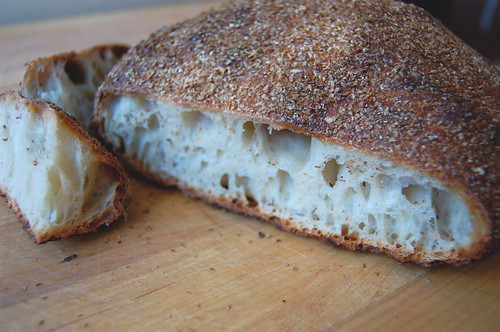
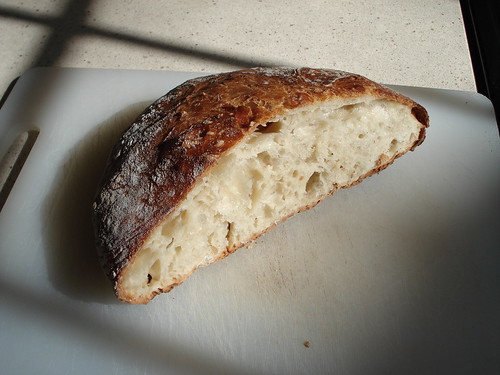
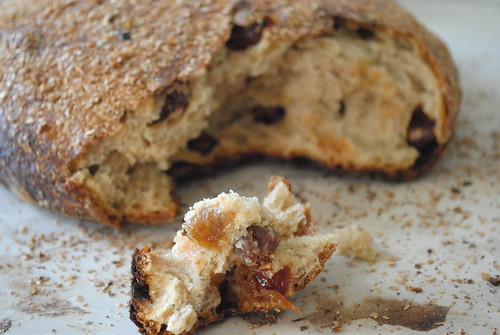
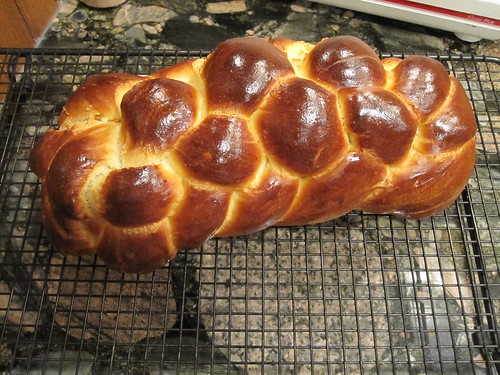
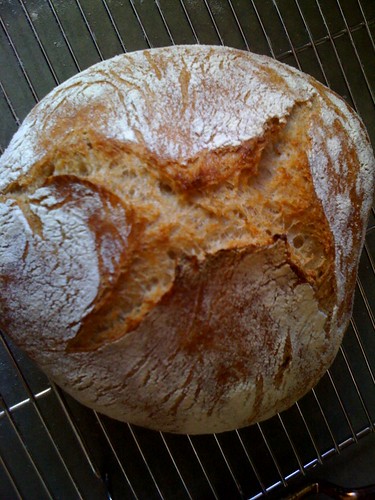

 , and am happily reading through it. Many of the recipes are unusual, from Scandinavia, Scotland, Russia, Germany and the Ukraine, incorporating age-old methods (such as soaking grains in wine, using ale, making your own malt). It reminds me a bit of Elizabeth David's approach in her classic,
, and am happily reading through it. Many of the recipes are unusual, from Scandinavia, Scotland, Russia, Germany and the Ukraine, incorporating age-old methods (such as soaking grains in wine, using ale, making your own malt). It reminds me a bit of Elizabeth David's approach in her classic,